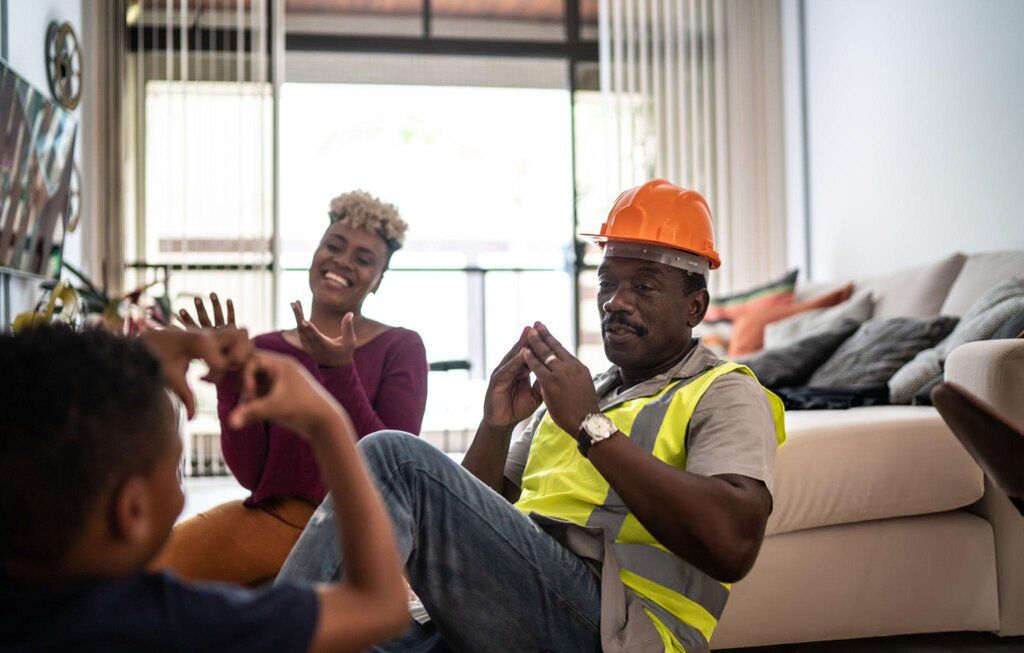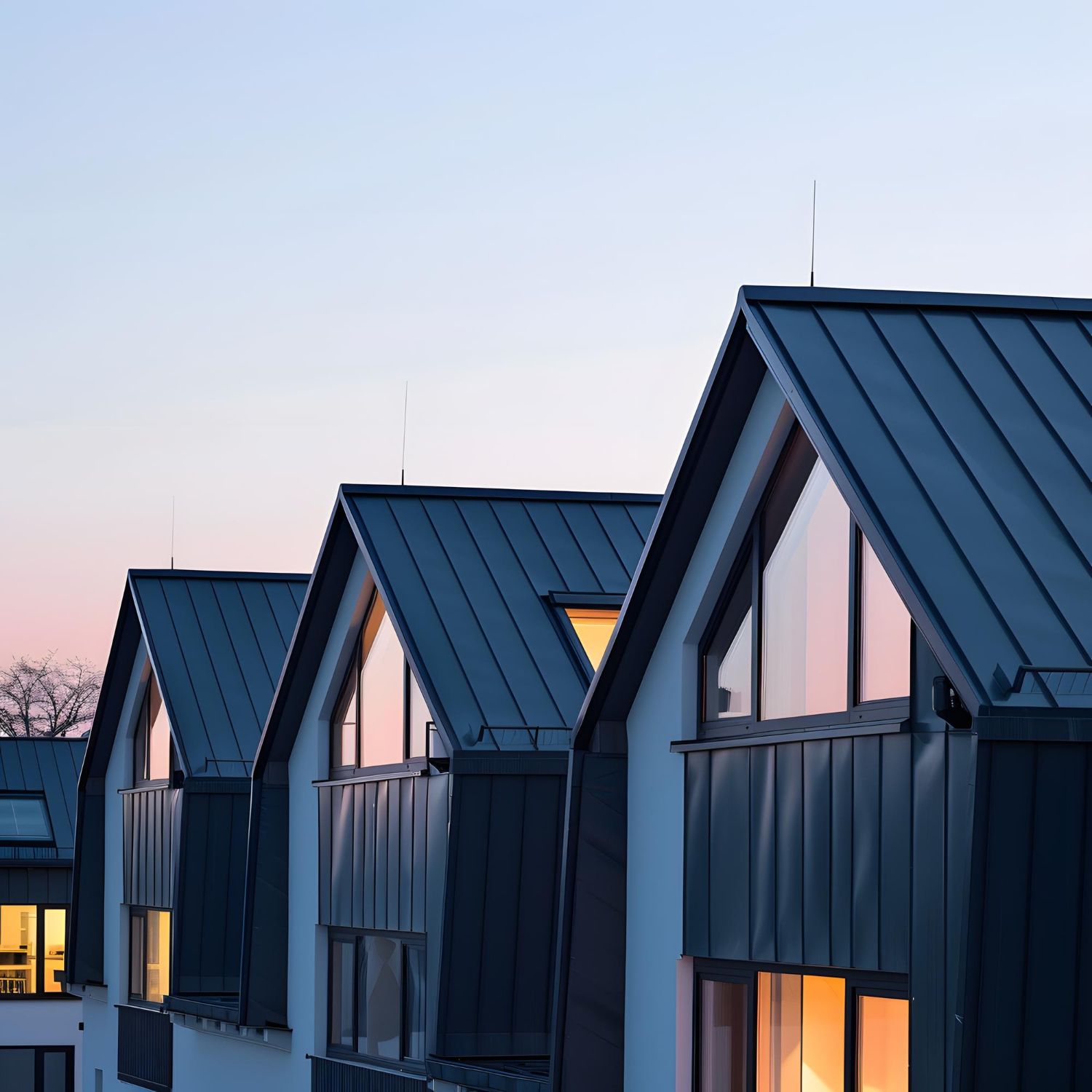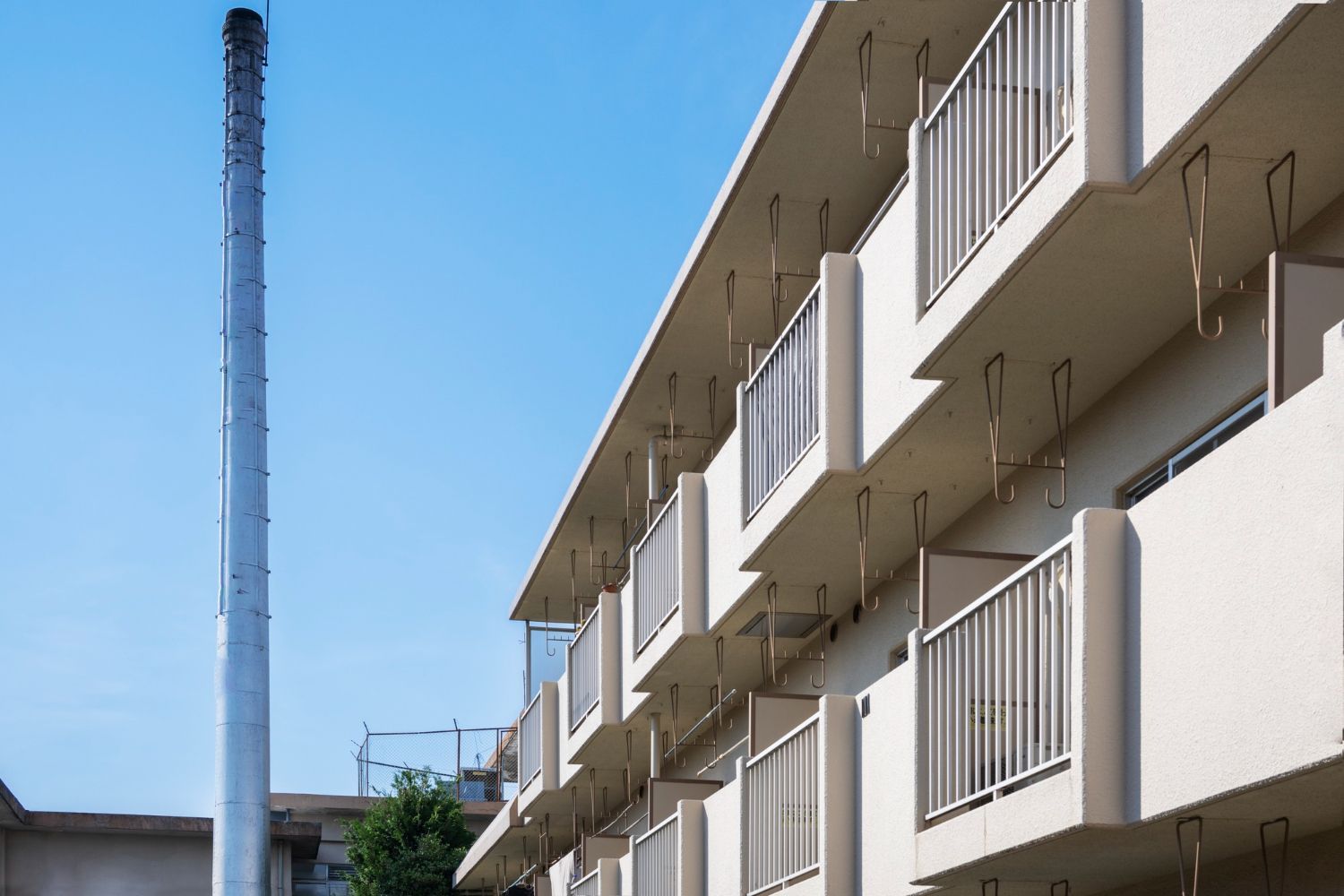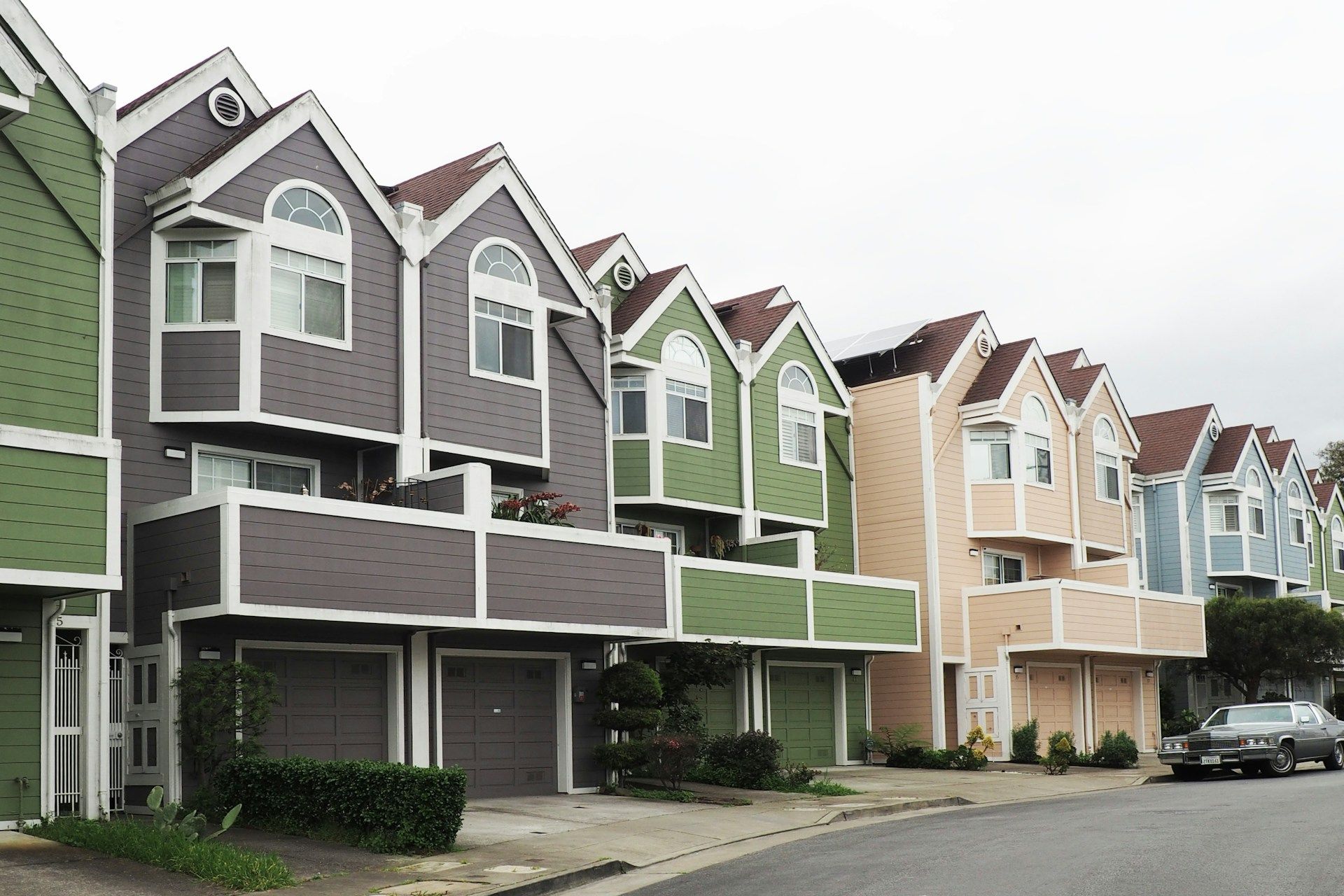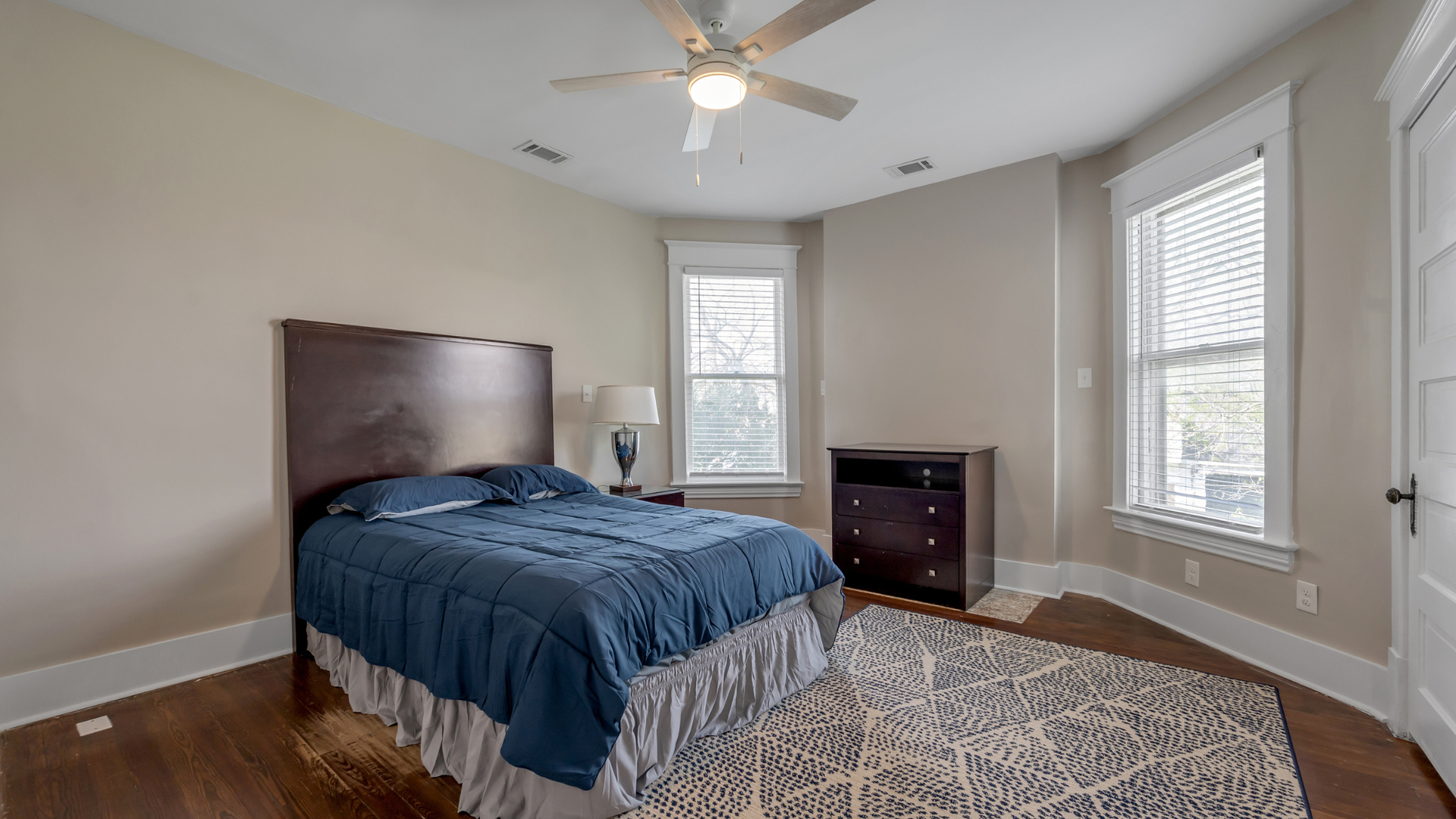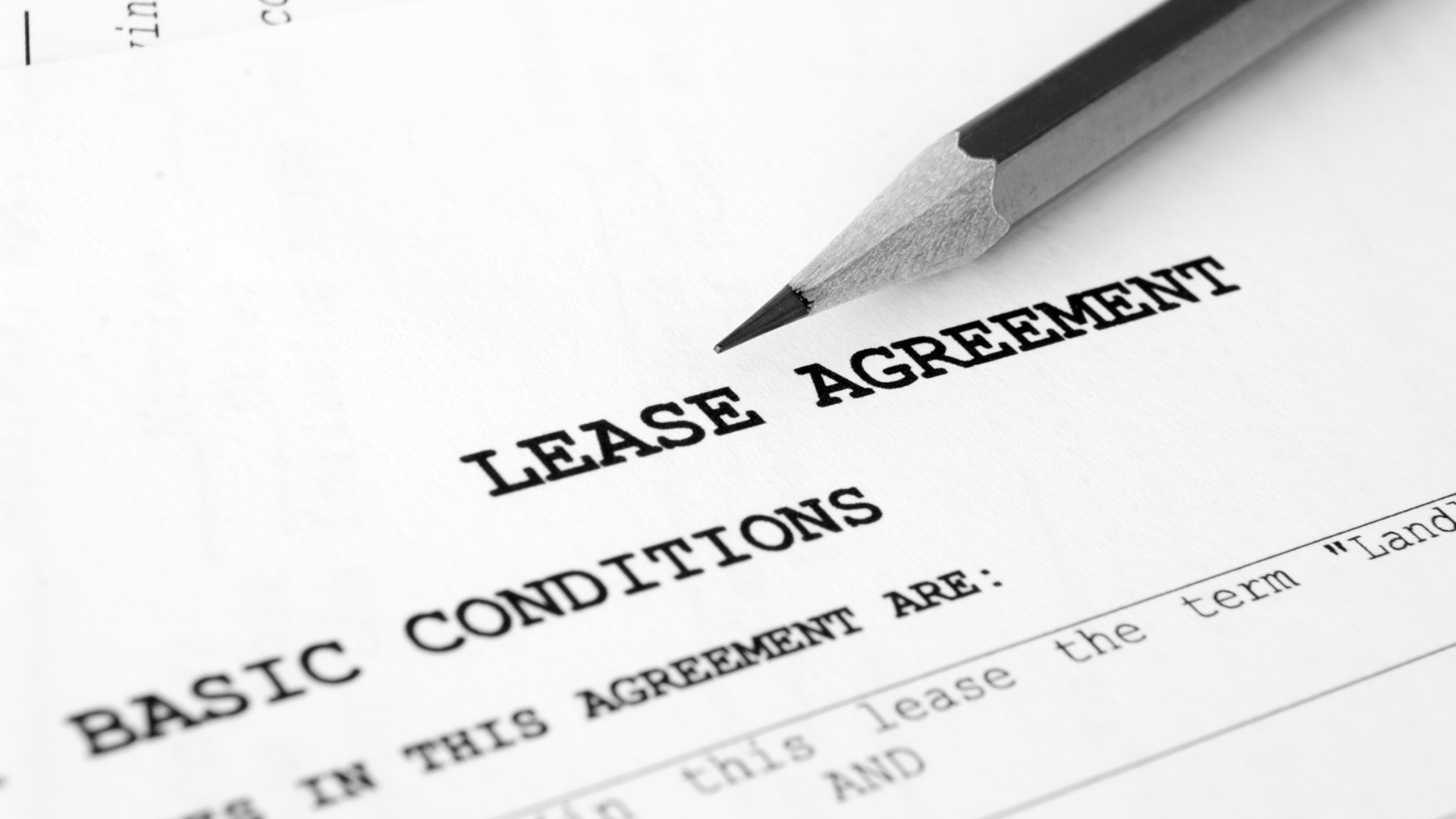How to Make Temporary Housing Feel Like Home
If your project runs for weeks or months, “where the crew sleeps” is not a line item. It is a performance system. The right setup shortens recovery time, lowers stress, and quietly solves dozens of small morale problems that otherwise show up as rework, tardiness, and turnover. The goal is simple: home away from home crew housing that helps everyone recharge and show up ready to build. Research over the last year keeps underscoring the same truth: better sleep and familiar routines lead to safer jobsites and steadier output. A 2025 review mapped how sleep quality affects cognition, decision‑making, and injury prevention in construction; you do not need a PhD to translate that into fewer near‑misses and more productive days. Below, you’ll find field‑tested ideas crews actually use, plus what to prioritize in housing so it feels like home on day one.
Prioritize Sleep First: Darkness, Quiet, and Consistency
Sleep is the foundation of “feel like home.” It is also the cheapest risk control you have. Scientific Reports in 2024 highlighted how predicting and addressing sleep deprivation among construction workers improves safety outcomes; the paper’s takeaway is straightforward for project teams: treat sleep barriers as hazards you can engineer out. That starts with light and sound. Blackout solutions are consistently recommended by sleep experts; updated Sleep Foundation guidance in 2025 points crews to blackout curtains or even low‑cost window coverage to block early sun or parking‑lot glare. Many traveling workers also hack hotel drapes by clipping the curtains together to stop the middle light leak. You will see that quick trick referenced again and again in traveler threads and LifeProTips communities. Combine darkness with steady sound and cool air. Sleep Foundation’s 2025 tips advise keeping bedrooms dark, quiet, and in the low‑to‑mid‑60s °F, which you can approximate with a simple box fan, a white‑noise app, or a compact sound machine. If your crew runs nights or swing, NIOSH training materials emphasize managing light exposure strategically: seek bright light early in the shift, then dim and avoid bright light before daytime sleep to support circadian alignment.
Just as important is consistency. Shift workers do better when they anchor at least part of their sleep to the same hours every 24‑hour period. NIOSH’s shift‑work guidance spells out a practical approach: after a night shift, sleep as soon as you get home and, on off‑days, keep part of that schedule so your body is not constantly relearning time. All of this matters because fatigue shows up as incidents and cost. OSHA’s fatigue page keeps it plain: long hours and irregular schedules degrade alertness and raise injury risk, which is why fatigue management belongs in your safety program as surely as PPE fit checks. A 2025 industry piece summarizing recent safety data warned that drowsiness is implicated in a meaningful share of workplace injuries; even if the exact percentage varies by study, the direction of the evidence is clear. Treat sleep like a crew asset and protect it accordingly.
Cook Like You Live There: A Small Pantry Beats a Big Per Diem
A kitchen changes everything about how a temporary place feels. It smells like your own food, it gives people choices, and it cuts the “where are we eating” friction that drains an hour from every evening. The economics favor it too. Over the last 12 months, U.S. data shows food‑away‑from‑home prices rising faster than groceries: BLS reported the food‑away‑from‑home index was up 3.9% year‑over‑year in August 2025 versus 2.7% for food at home. USDA’s most recent Food Expenditure Series update also shows Americans devoting the majority share of food dollars to restaurants and other away‑from‑home outlets in 2024, a reminder of how quickly costs escalate when crews eat out by default. Set your team up to cook and you reduce both spending and decision fatigue.
What does a crew‑sized, renter‑friendly kitchen kit look like? Keep it simple and packable. Two nonstick skillets, a medium pot, a cutting board, chef’s knife, sheet pan, tongs, foil, a colander, and a slow cooker or multicooker cover 90% of needs. Add a bin with salt, pepper, garlic powder, chili flakes, olive oil, and a favorite hot sauce so food tastes familiar. Crews on Reddit who live out of motels often default to easy‑protein dinners with prepped sides—think grilled chicken, burgers, or pork chops with bagged salads and cut veggies—because it is affordable, fast, and predictable after a long shift. Stash a collapsible cooler for ice‑pack lunches at the jobsite and you will see fewer mid‑day fast‑food runs. If the rental’s cookware is sparse, supplement it at move‑in; the $100 you spend once will come back in a single week of avoided takeout.
Small, Renter‑Safe Touches That Make Any Place Feel Like Home
Home is a set of cues. The faster you install those cues, the faster a unit stops feeling like “someone else’s place.” Start with lighting and textiles. Soft, dimmable lamps help brains downshift while blackout panels seal out dawn; both are renter‑safe and easy to remove. Sleep Foundation and WebMD each note blackout treatments improve sleep length and quality, which in turn supports overall health. If you are in a standard hotel or older rental with leaky drapes, the coat‑hanger clamp hack buys you immediate darkness until proper panels arrive. Add a throw blanket, two pillows that match your preference, and one framed photo; that tiny dose of the familiar reduces the mental “transit lag” many travelers feel in the first week. Travel pros and night‑shift communities also report that a small sound machine or a fan becomes a must‑pack for continuity from project to project.
Next, organize friction points so the space works like your house back home. Create a boot‑off zone by the door with a heavy mat and a rack; add a laundry basket per person to keep gear from creeping into living areas. A cheap labeler turns a generic pantry into “Mark’s shelf, Elena’s shelf,” which cuts accidental food poaching to near zero. ExtraSpace’s September 2025 guide for living between homes recommends renter‑friendly upgrades—peel‑and‑stick organizers, temporary hooks, and a quick coat of neutral paint with the owner’s permission—to personalize without long‑term consequences. Better Homes & Gardens likewise advises putting money into high‑impact, easy‑to‑undo touches like lighting, area rugs, and updated hardware while skipping big permanent changes. Finally, set up a charging bar with a multi‑port power strip so everyone stops hunting outlets, and agree on “quiet hours” before the first early shift. The handful of minutes you spend here pays back every single day through fewer roommate disputes and less clutter.
Choose Housing That Already Feels Like Home on Day One
You can only personalize so much if the base housing is wrong. The fastest way to make temporary lodging feel like home is to book home‑like housing in the first place. What should you insist on for a construction crew in the U.S.? Proximity, privacy, real beds, full kitchens, laundry, parking for trucks and trailers, reliable utilities and Wi‑Fi, and flexibility if crew counts or timelines shift.
That checklist is the spine of our own buyer’s guide on what to look for, because those features directly support rest, routine, and respect. Good housing is not only about comfort; it is about mental health and stability. CPWR’s 2025 Mental Health dashboard highlights sustained concerns around anxiety and depression in construction, which is why small environmental upgrades that reduce stress matter more than people think.
This is where purpose‑built service saves time. On our side, we provide seamless, turnkey, home‑like housing tailored to crews anywhere in the U.S., with private rooms, full kitchens, laundry, utilities and Wi‑Fi included, and flexible booking so you can scale with the project. You receive one monthly invoice, no hidden fees, and 24/7 support if anything goes sideways. Our customers routinely report saving 25–35% compared to traditional hotels while their field staff is more comfortable and easier to retain. That is the “feel like home” effect in numbers: fewer mid‑project moves, fewer meal costs, fewer sleep issues, and more predictable days. If you do nothing else, move “no forced room sharing” to the top of your spec; privacy is the simplest, most dignifying investment you can make in your people.
Temporary housing will never be your crew’s permanent address, but it can absolutely feel like home. Start with darkness, quiet, and a consistent sleep window. Give people a kitchen that makes weeknight decisions easy and affordable. Layer in small, renter‑safe comforts so the space cues “you belong here.” Then choose housing that bakes those comforts in from day one: close to the site, real beds, real kitchens, laundry, parking, and flexible terms. The payoff is visible on the job the next morning. Crews are calmer. Punch lists get shorter. Mistakes drop. In other words, you get the human version of uptime. And if you call it what it is—a home away from home crew housing strategy—you are more likely to resource it properly and see the return in morale and measurable outcomes.
Ready for crew housing that already feels like home?
Talk to us. We’ll place your team near the site, with private rooms, full kitchens, laundry, and one monthly invoice.




